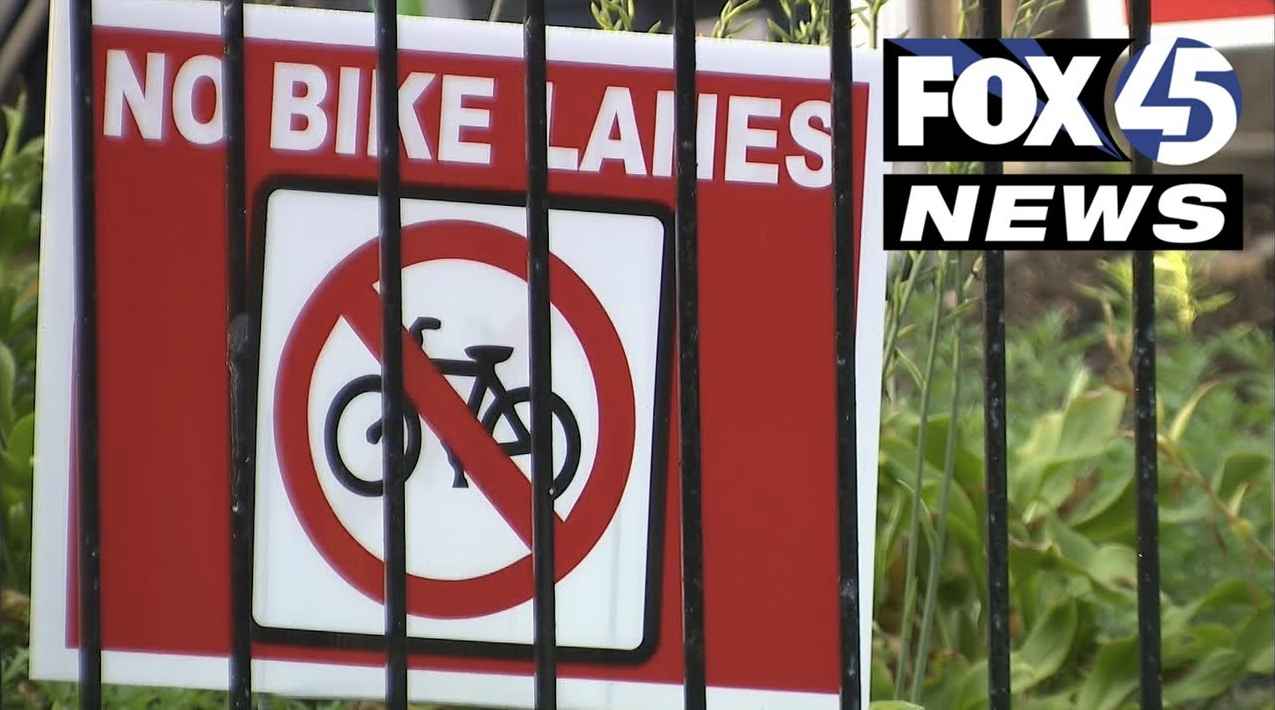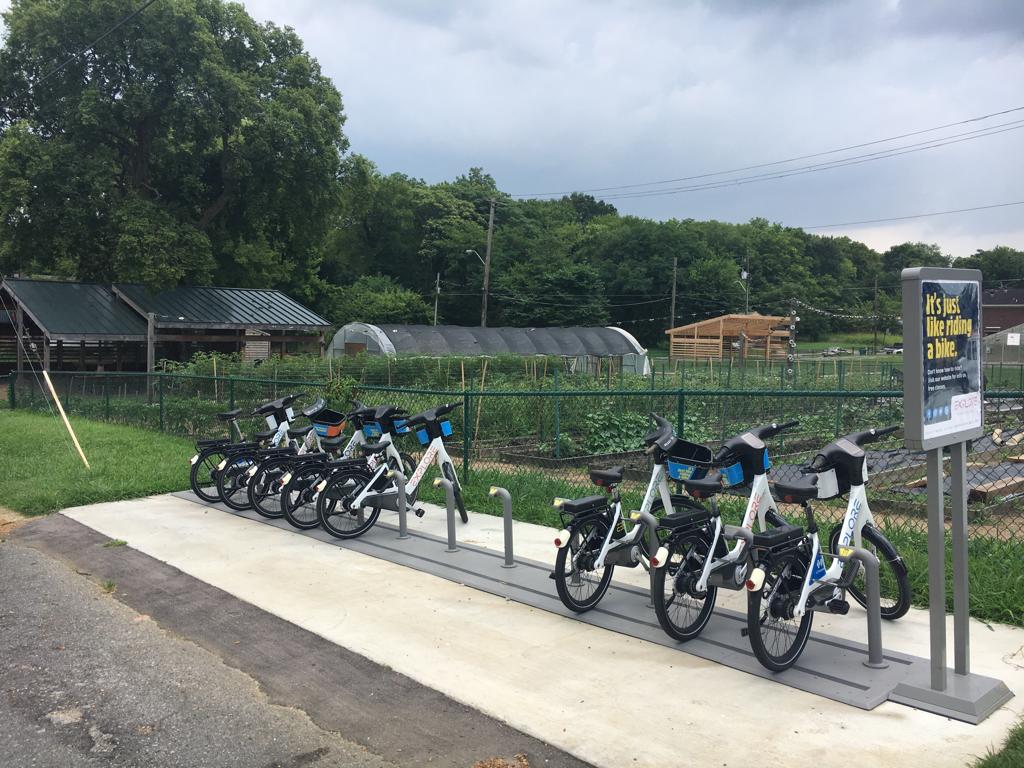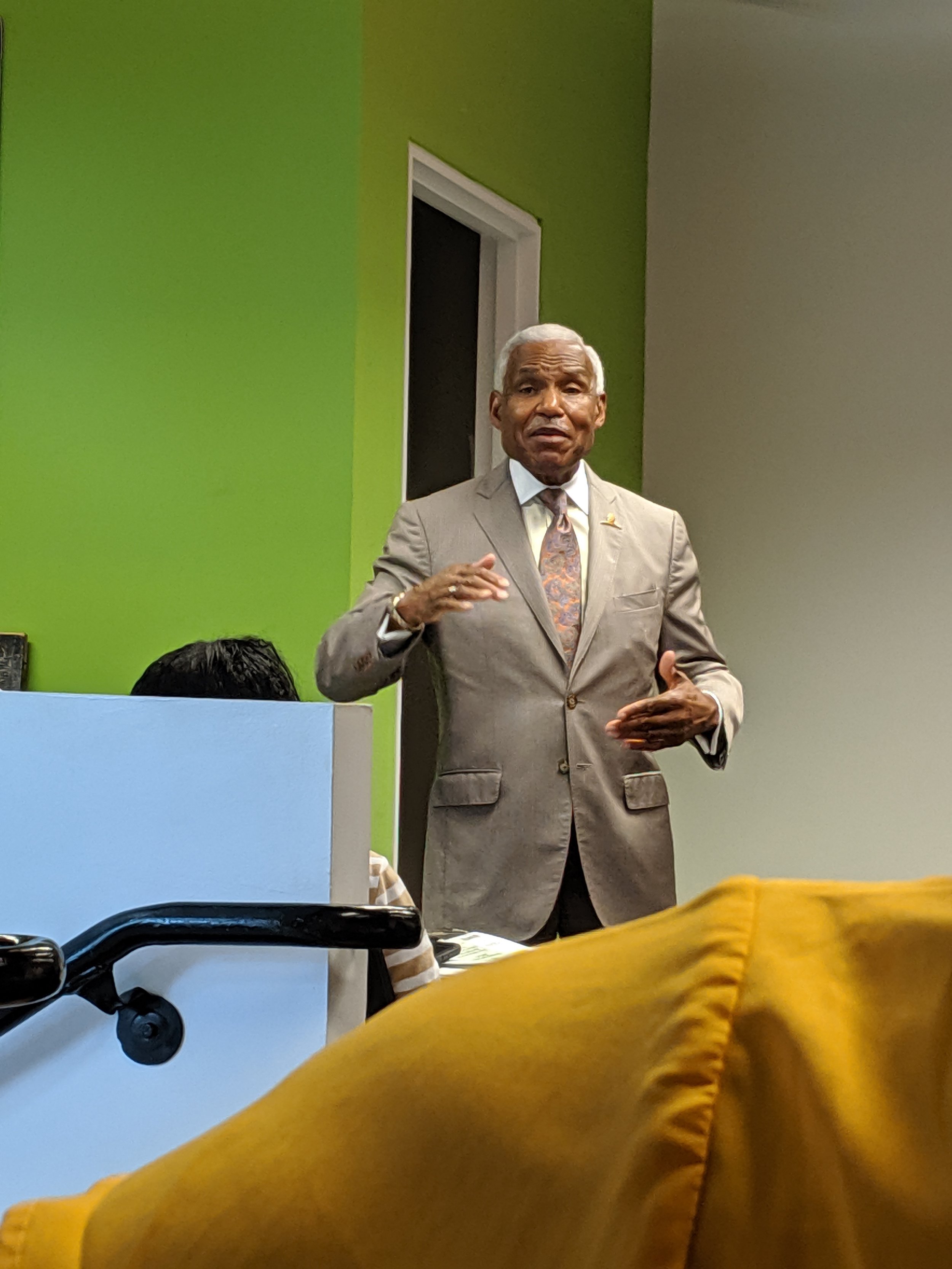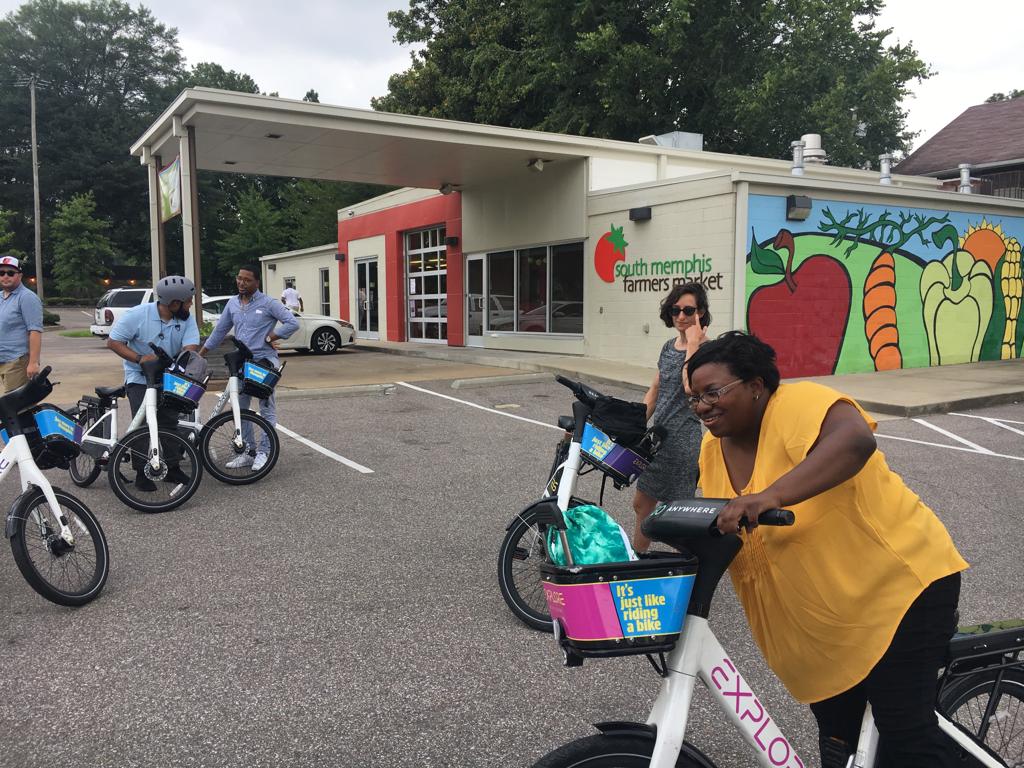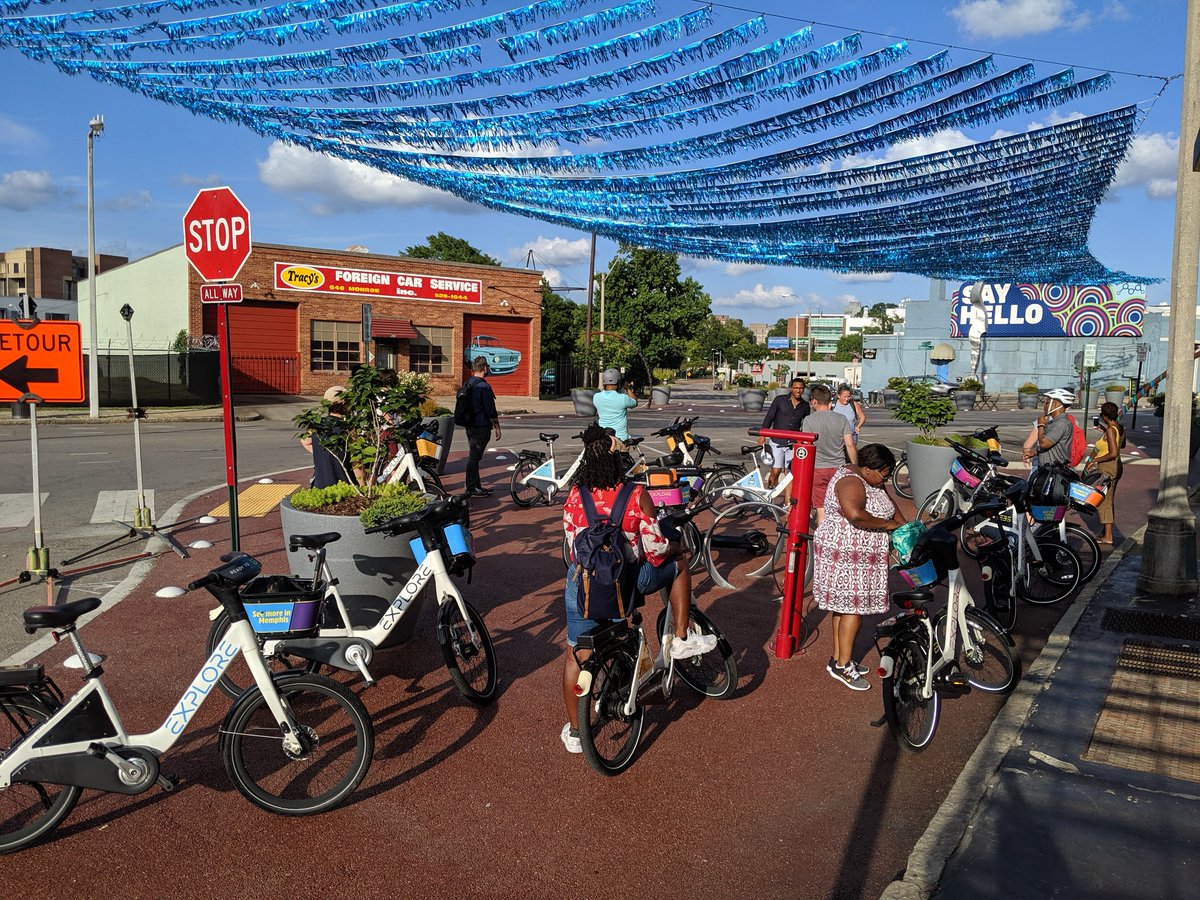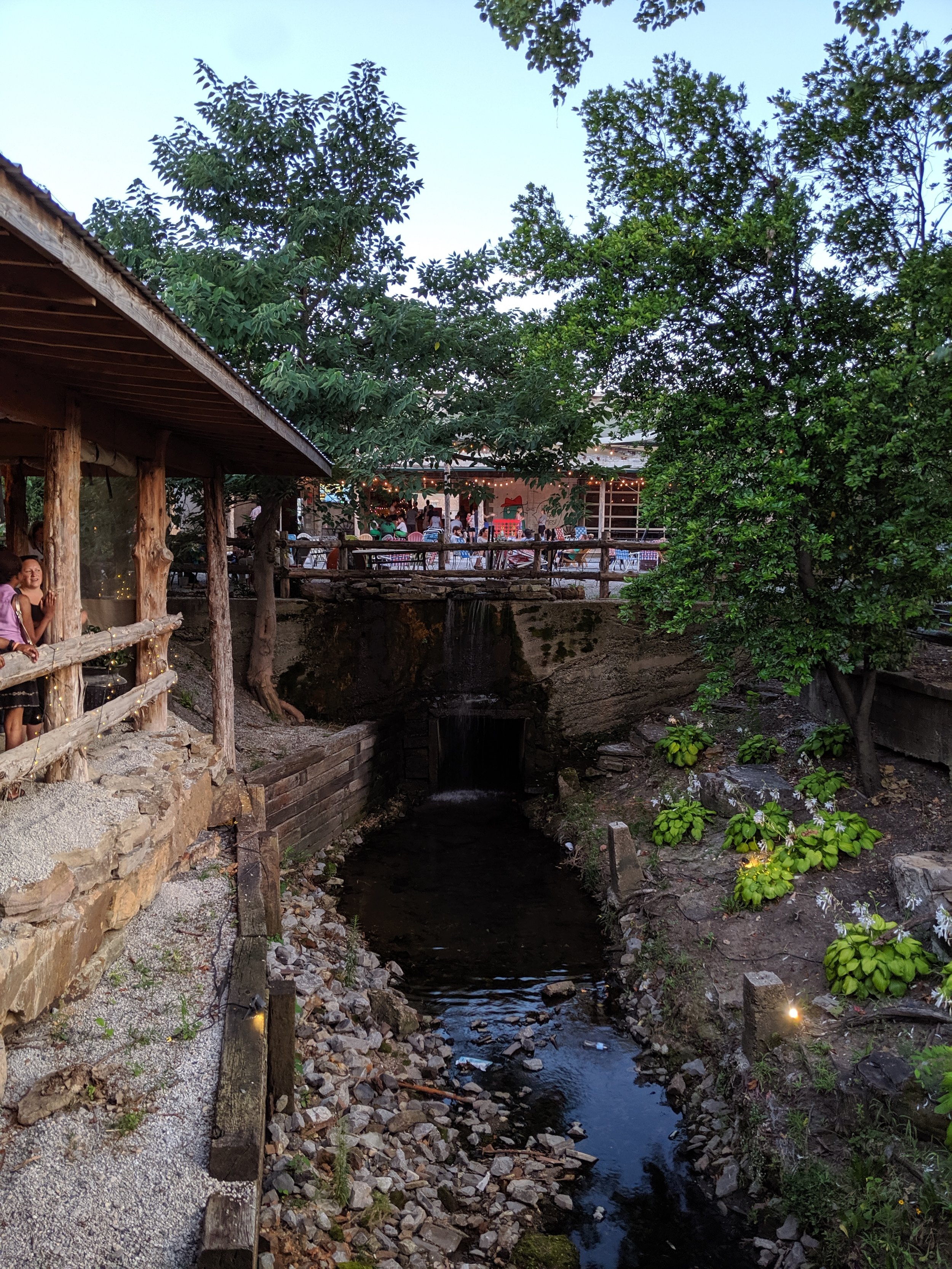On October 3, 2019, Baltimore City Department of Transportation was supposed to release for public comment a draft Complete Streets manual. It never happened.
The Baltimore Complete Streets ordinance, enacted in December of last year, contained a robust public outreach requirement that was supposed to begin immediately, engaging community members in a detailed series of public meetings to bring awareness to Complete Streets principles and the creation of a draft manual. Councilman Ryan Dorsey consulted with Bikemore and the Complete Streets Coalition and developed a robust set of community engagement expectations that were delivered in a memo to then Director Michelle Pourciau.
In late April, Director Pourciau resigned after reports of an Office of the Inspector General investigation into her leadership tactics. Shortly thereafter, Mayor Pugh resigned amid the “Healthy Holly” scandal. In the aftermath of these resignations, it became clear that Director Pourciau had not devoted adequate resources to meet the legislative requirements of the Complete Streets ordinance. No significant community outreach had been conducted, and none meeting the expectations of the coalition or Councilman Dorsey had been planned. This seemed almost purposeful, and was a devastating blow to the implementation calendar of a bill that had just been recognized as one of the best Complete Streets initiatives in the country.
Shortly after this news, Acting Mayor Jack Young selected Steve Sharkey, then head of the Department of General Services, to lead Baltimore City Department of Transportation. Director Sharkey was unanimously confirmed by the Baltimore City Council on August 20th. Director Sharkey hit the ground running, immediately meeting with stakeholders on Complete Streets.
By August 29th, at the first meeting of the newly formed City Council Transportation Committee, chaired by Councilman Ryan Dorsey, Baltimore City Department of Transportation publicly agreed that the deadlines for the Complete Streets ordinance would not be met.
As a result, Councilman Dorsey introduced legislation to extend the deadlines of Baltimore Complete Streets, to ensure adequate community outreach is conducted, and conducted to the expectations of the Complete Streets Coalition and city council. The legislation, emergency adopted by the full city council on September 23rd and signed by Mayor Young on October 7th, gives Baltimore City Department of Transportation until October 16th to deliver a community engagement plan to the Land Use Committee for review and comment, and specifies that this plan must incorporate the recommendations set forth in the community engagement expectations originally sent to Director Pourciau.
Each deadline is then reset following this initial revision. Within 90 days, the Complete Streets Advisory Committee must deliver scoping recommendations for the Complete Streets Manual. By April 1, 2020, the Complete Streets Manual must be made available for public comment, and by July 1, 2020 the Complete Streets Manual must be adopted.
An additional clarification was also made in this legislative update: all other components of the Complete Streets ordinance, including the design standards like lane widths, design vehicles, and design speeds, and the prioritization of pedestrians, bicyclists, and public transit users over other modes, are immediately law effective this past Monday, October 7th. There should be no more grey area on the law.
While we are disappointed in the decisions of the prior administration which led to this delay, the future is bright. For the first time we have a Council President who supported creation of a Transportation Committee. We have a Transportation Committee Chair who bikes to work, who authored and passed the strongest and most progressive Complete Streets ordinance in the country. We have a Mayor who prioritized signing this legislative extension and who hired a Transportation Director who lives in Baltimore, who bikes to work, who knows how to support his staff and increase morale, and who is honest and transparent about the work ahead of him.
We look forward to working with this team of dedicated and talented elected and appointed officials to deliver a Complete Streets manual worthy of the legislation and coalition that demanded it, even if it will be a few months late.


